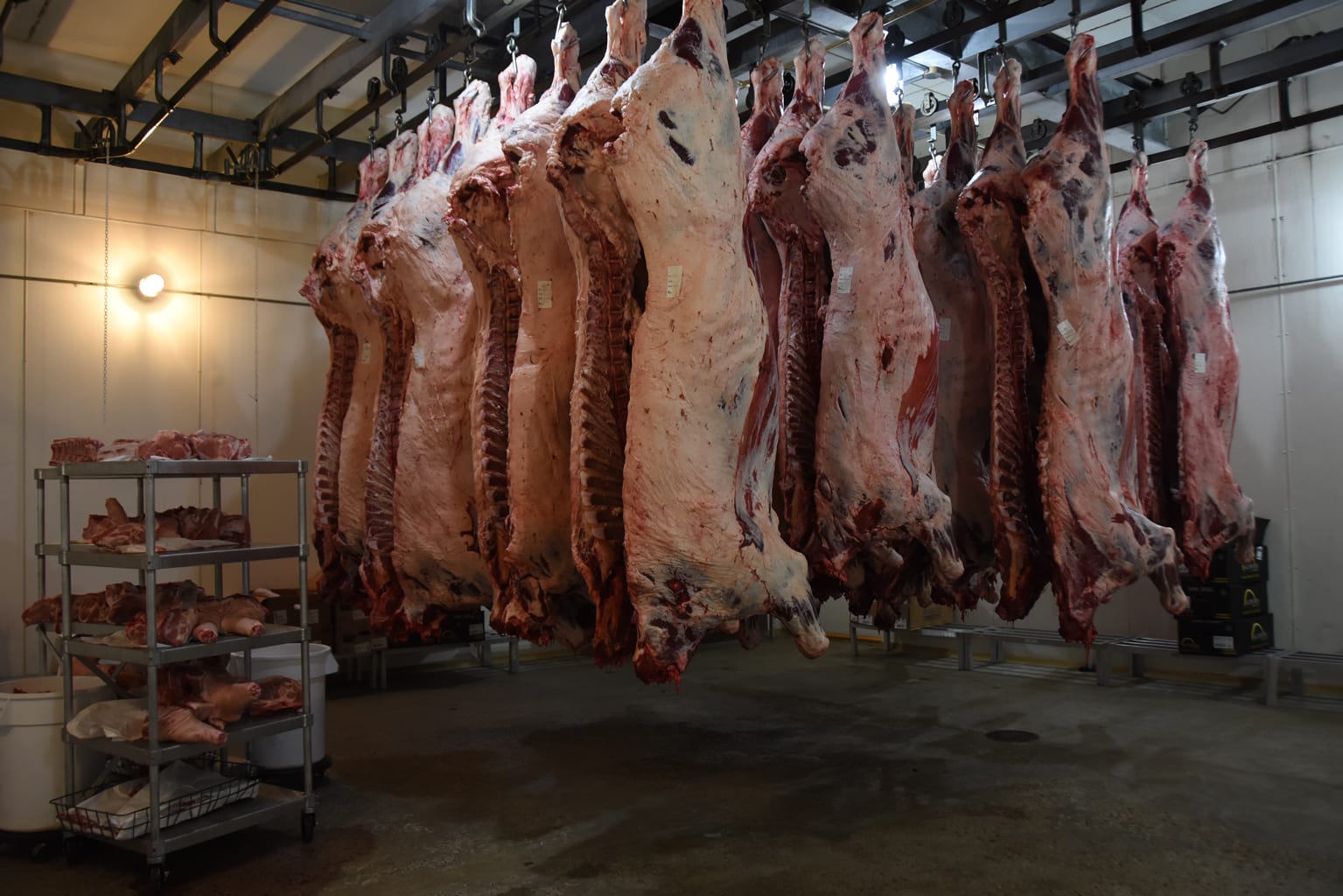Go To Bagley Farms Meat Market Edwardsville IL for Farm-Fresh Meat and Specialty Cuts
Reveal the Art of the Butcher's Cut in a Modern Meat Market
In the ever-evolving landscape of modern meat markets, the butcher's cut has transcended its conventional origins, merging age-old craftsmanship with contemporary practices. What really sets the modern-day butcher apart is their capability to build a much deeper link in between customers and the origins of their meat.
Development of Butchery Techniques
The development of butchery methods mirrors a rich tapestry of technology and adaptation driven by improvements in modern technology, modifications in customer demand, and a much deeper understanding of meat scientific research. Historically, butchery was a craft gave with generations, with approaches honed over centuries to make best use of return and flavor. However, the industrial transformation ushered in mechanization, changing conventional practices and making it possible for large-scale handling.
The mid-20th century saw butchery techniques even more fine-tuned by clinical understandings right into muscle biology and meat aging, enhancing both tenderness and preference. Developments like vacuum product packaging and refrigeration extended product shelf-life, permitting butchers to expand offerings and enhance top quality control. This period likewise noted the rise of customized devices, such as band saws and meat slicers, which increased precision and efficiency in meat processing.

The 21st century has actually presented digital technology into the butchery realm. Computerized systems now aid in tracking animal provenance and maximizing cuts to satisfy certain customer preferences. In addition, a resurgence in artisanal butchery has arised, blending standard abilities with contemporary expertise to satisfy customers looking for moral and lasting meat choices. This advancement highlights a dynamic interaction in between practice and technology, meeting contemporary needs while preserving the craft's heritage.
Comprehending Meat Cuts
Understanding the complexities of meat cuts is essential for both butchers and consumers looking for quality and worth. Each cut comes from a different part of the animal, presenting distinct tastes, appearances, and food preparation techniques - bagley farms meat market edwardsville il. Proficiency of these distinctions not just boosts culinary experiences however also makes the most of the energy of each carcass. For butchers, precise cuts mirror ability and respect for the craft, making certain minimal waste and ideal return.

Comprehending muscle mass composition is crucial; muscle mass utilized a lot more regularly by the animal tend to be harder and are best fit for sluggish food preparation methods, while less-used muscular tissues, like those discovered in the loin, are a lot more tender and suitable for barbecuing or roasting. Knowledge with these differences encourages consumers to make informed selections, boosting their cooking undertakings.
Choosing Top Quality Meat
Selecting the best meat includes greater than just choosing a visually attractive piece from the screen. bagley farms meat market edwardsville il. The art of selecting top quality meat calls for a critical eye and knowledge of specific view it characteristics that represent quality and quality. Pay focus to the color; beef needs to have an intense, cherry-red hue, while lamb ought to show a soft pink tone, and pork a pale pink. This indicates the meat is fresh and hasn't been exposed to oxygen for as well long.
Second of all, take into consideration the marbling, which describes the white streaks of fat within the muscular tissue. Proper marbling is a key indication of inflammation and taste, as it thaws throughout food preparation, enhancing the meat's juiciness. Remember, higher marbling commonly correlates with superior top quality cuts, such as USDA Prime.
Structure is one more critical element; meat needs to feel strong to the touch, not slimed or excessively soft. In addition, bear in mind the fragrance. Fresh meat should have a clean, neutral scent, without any kind of sour or off-putting smells.
Pairing Cuts With Food Preparation Approaches

Alternatively, tougher cuts like brisket and chuck roast are rich in collagen, which breaks down into gelatin when cooked slowly. These cuts are excellent for braising or slow roasting, permitting the meat to soften with time and create deep, complex flavors. Cuts such as short ribs and pork shoulder make out well with slow-cooking techniques, where prolonged cooking times transform their robust textures right into succulent meals.
Lamb shanks and oxtail, which call for long term cooking to tenderize, are ideal prospects for cooking or slow-moving simmering. These methods coax out abundant, passionate tastes while preserving wetness. By recognizing the special features of useful source each cut, chefs and home chefs alike can raise their culinary developments, making sure each dish is both pleasing and unforgettable.
The Butcher's Function Today
Browsing the progressing landscape of the modern-day meat market, the butcher's function today extends past plain preparation of cuts. Contemporary butchers are culinary craftsmens, instructors, and supporters for lasting techniques.
Along with crafting exact cuts, butchers now engage directly with customers, offering cooking recommendations and tailoring choices to fit specific requirements and preferences. Their proficiency in meat aging, marbling, and taste accounts equips consumers to make enlightened choices, enhancing their cooking experiences. This tailored service exhibits the butcher's evolving duty as a trusted expert in the kitchen.
In addition, butchers are crucial in reducing waste, using entire pets to create diverse items such as sausages and stocks. This detailed approach not only respects the animal however likewise straightens with modern sustainability goals. By doing this, the read this article contemporary butcher symbolizes both custom and development, adapting to an ever-changing market while protecting the artistry and stability of their craft.
Conclusion
Proficiency in comprehending varied meat cuts and high quality indications empowers butchers to give enlightened recommendations, lining up particular cuts with ideal food preparation techniques. By recognizing historical methods while accepting modern needs, the butcher's role remains essential in today's innovative meat market.